So, What’s the Big Deal About Moroccan Mint Tea?
Okay, let’s spill the tea—literally. If you’ve ever strolled through a Moroccan market, crashed a family gathering, or even just watched a travel show featuring Morocco, chances are you’ve seen a steamy little glass of green-gold liquid getting poured from a dramatic height. That, my friends, is Moroccan mint tea. And it’s kind of a big deal.
It’s not just a drink. It’s a vibe. It’s an experience. It’s like a warm hug in a glass, only with more sugar and significantly more mint. Whether you’re hosting guests or just need a self-care moment after a long day of being fabulous, Moroccan mint tea has your back. Plus, it smells amazing.
So today, we’re diving into how to make it, what makes it so special, and why it might just become your new go-to brew. Buckle up—there’s minty magic ahead!
A Little History in Every Sip
Tea with a Story
Let’s rewind the clock a little. Moroccan mint tea (locally known as atay) dates back to the 18th century when green tea made its way into North Africa through trade routes. But Moroccans, being the brilliant flavor-masters they are, weren’t satisfied with just pouring hot water over some leaves. Nope—they added fresh mint, lots of sugar, and a whole lot of flair. Voilà! A legend was born.
Today, it’s more than just a drink—it’s part of the national identity. The way some people can’t function without their morning coffee? Yeah, that’s Morocco with mint tea… times ten.
Not Just a Drink—It’s a Ritual
In Morocco, serving tea is a gesture of hospitality and respect. If you visit someone’s home—even if it’s your third cousin’s neighbor’s friend—you’re almost guaranteed a glass of mint tea. And declining it? That’s like refusing a hug from grandma. It’s just not done.
Tea is usually prepared and served by the man of the house (yep, gender roles get a little flip here), and it’s an art form. The pouring height, the glassware, the serving style—it all matters. It’s like the Moroccan version of a tea ceremony, but a bit more relaxed and with a lot more sugar.
Let’s Talk Ingredients
Before we get into the how, let’s chat about the what. Because you can’t whip up real Moroccan mint tea with just any ol’ grocery store teabag. You need the right stuff.
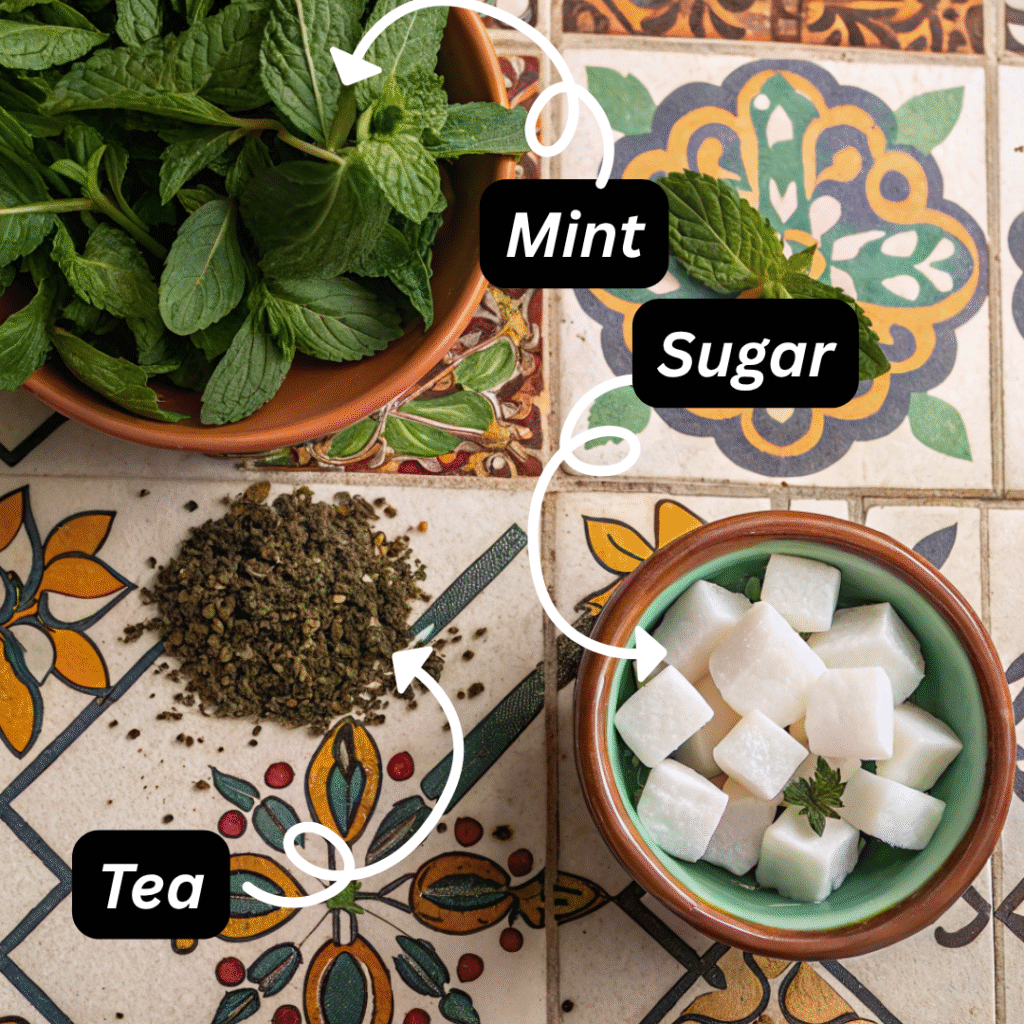
The Star Players: Green Tea, Mint & Sugar
Here’s the magic trio:
- Chinese Gunpowder Green Tea – Don’t worry, it’s not explosive. The leaves are just rolled into tiny pellets that unfurl beautifully when steeped.
- Fresh Spearmint – The fresher, the better. Think bright green, super fragrant, and not dried to a crisp.
- Sugar – And lots of it. Traditional Moroccan tea is sweet enough to make your dentist nervous, but you can totally adjust it to your taste.
Fresh vs Dried Mint: Does It Matter?
Short answer: Yes. Long answer: YES. Fresh mint gives that burst of garden-fresh flavor that dried mint just can’t match. If you’re in a mint emergency and can’t get your hands on the fresh stuff, dried will do—but it’s kind of like watching a rom-com without the happy ending. Still okay, but not the same.
The Real Moroccan Mint Tea Recipe
What You’ll Need
Before we begin, grab your ingredients and a few kitchen essentials. Don’t worry—you don’t need a traditional Moroccan teapot (though it does make you feel fancy). Here’s what you’ll need:
Ingredients:
- 1 tablespoon of Chinese gunpowder green tea
- A handful of fresh spearmint leaves (plus a few sprigs for garnish)
- 4 to 6 teaspoons of sugar (or more if you’ve got a serious sweet tooth)
- 4 cups of water
Equipment:
- A small teapot (preferably metal or heat-safe glass)
- A kettle or pot to boil water
- A strainer (if your teapot doesn’t have one built in)
- Moroccan tea glasses (or your cutest little cups)
Optional but extra: A long pour spout teapot if you’re feeling authentic and want to master the art of “the pour.”
How to Brew It the Moroccan Way
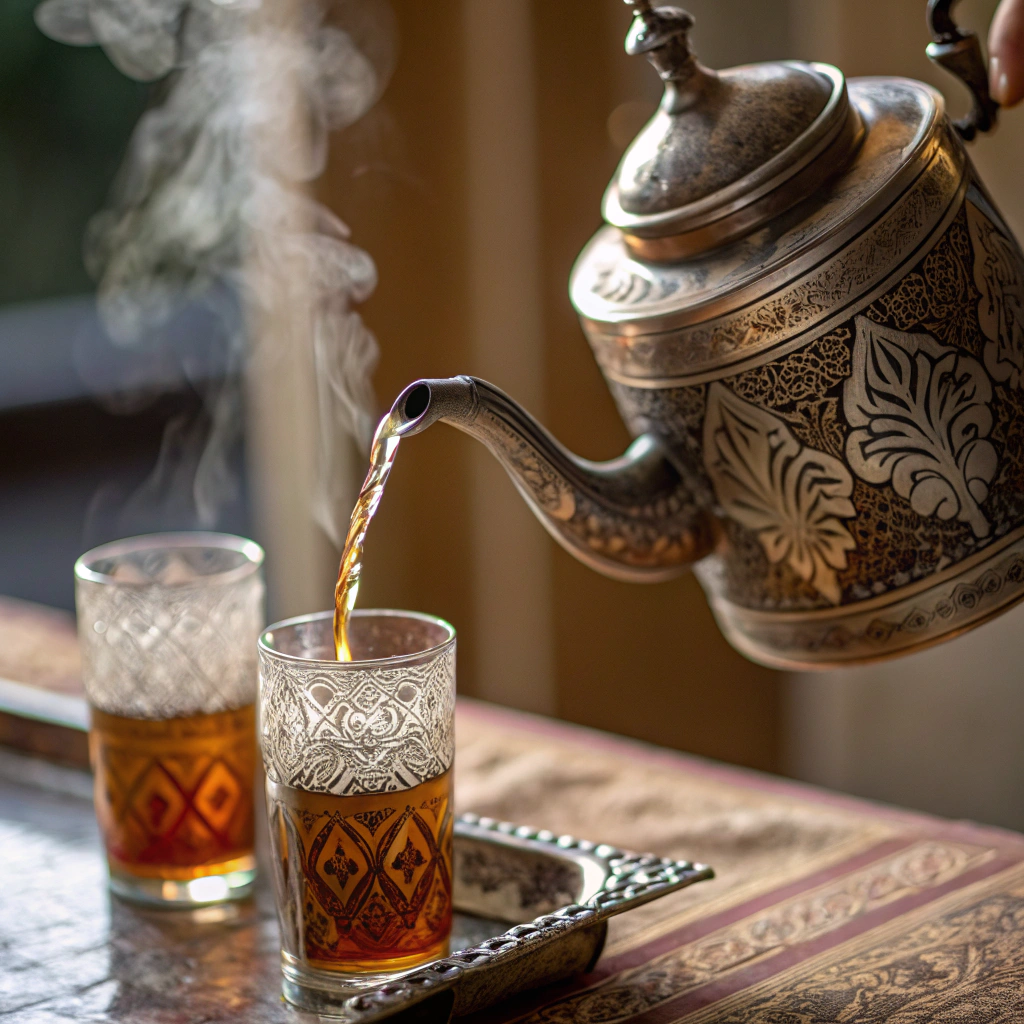
Alright, ready? This isn’t your average “steep and stir” tea. Moroccan mint tea has drama, ritual, and a little flair. But don’t worry—it’s still totally doable at home.
Step 1: Wake Up the Tea
Boil your water. Once it’s hot, add about a half cup of boiling water to the teapot with your green tea leaves. Swirl it gently for about 10 seconds. This helps rinse the tea and gets rid of any bitterness or dust.
Now—don’t throw this water away just yet.
Pour it into a separate cup and set it aside. This is the “tea essence,” and we’re going to use it again in a minute.
Step 2: Cleanse the Leaves
Add another bit of hot water to the teapot with the tea leaves again, swirl it, and this time toss it. This water helps rinse off any bitterness left on the leaves. Trust the process.
Step 3: Now It Gets Minty
Add your mint and sugar to the teapot (and that reserved “tea essence” from earlier). Then pour in the remaining boiling water.
Let it steep for about 5–8 minutes. You’ll start to smell the magic happening.
Step 4: The Famous Moroccan Pour
Here’s where things get fun—and slightly theatrical.
Pour a small amount of tea into a glass, then pour it back into the pot. Do this a couple of times to mix the tea without using a spoon (very Moroccan of you).
Now, for the dramatic pour: From a height of about 12 inches or more, pour the tea into small glasses. This aerates the tea, cools it slightly, and gives it that famous foamy top. Don’t worry if you spill the first few tries—it’s part of the charm.
Pro Tips from Moroccan Aunties
These ladies know what they’re doing, and if you’re lucky enough to have tea with one of them, you’ll never forget it. Here’s what they swear by:
- Use LOTS of fresh mint – Like, more than you think you need.
- Taste and adjust sugar early – Moroccan tea is sweet for a reason, but you can tweak to your liking.
- Don’t over-steep the tea leaves – You want fresh and herbal, not bitter and overcooked.
- Always pour from up high – It’s not just for show. That foamy top? Totally intentional.
Sweet or Not? Sugar Wars in a Tea Cup
Here’s where things can get… a little heated. Ask five Moroccans how much sugar belongs in mint tea, and you’ll get six opinions. The traditional recipe? Sweet enough to make your eyebrows twitch. But times are changing.
Some folks are dialing back the sugar for health reasons, while others argue, “If it doesn’t make your molars tingle, it’s not real Moroccan tea.”
What’s Traditional?
Traditionally, Moroccan tea is very sweet—like, “my grandma might’ve accidentally put candy in here” sweet. It’s all about balance, though. The bold green tea and fresh mint need that sugar to mellow out the bitterness and enhance the herbal flavor.
Modern Swaps and Tweaks
Trying to cut back? Here’s how to sweeten smartly:
- Start with 2 teaspoons per cup, then taste and adjust.
- Try honey or stevia for a more natural vibe.
- Or skip sweeteners altogether and embrace the boldness. We see you, brave soul.
Pro tip: In Morocco, it’s common to prepare two separate teapots—one sweet, one not-so-sweet—so everyone can pick their potion. Smart, right?
How Moroccans Serve It With Style
Let’s be real—no one serves tea with more flair than Moroccans. There’s a whole vibe, a whole ceremony, and yes, a whole lotta love poured into every cup.
The Art of the Pour
Remember the high pour from Part 2? That’s not just to show off. Moroccan tea is always served from a height, which creates a beautiful layer of foam on top and cools it just right. Plus, it looks downright mesmerizing.
The Glasses
Forget mugs—Moroccan mint tea is served in small, decorative glasses. Think gold trim, intricate patterns, and just enough room for a few glorious sips. It’s not about guzzling it down; it’s about savoring the moment.
When It’s Served
Tea isn’t just for morning or night. It’s an all-day kind of thing:
- Welcoming guests? Tea.
- Sunday with the family? Tea.
- Random Tuesday afternoon? Still tea.
- After a meal? You guessed it—tea.
And yes, it’s often served with snacks—almonds, dates, or cookies. Just try saying no.
A Cup of Tea, A Whole Vibe
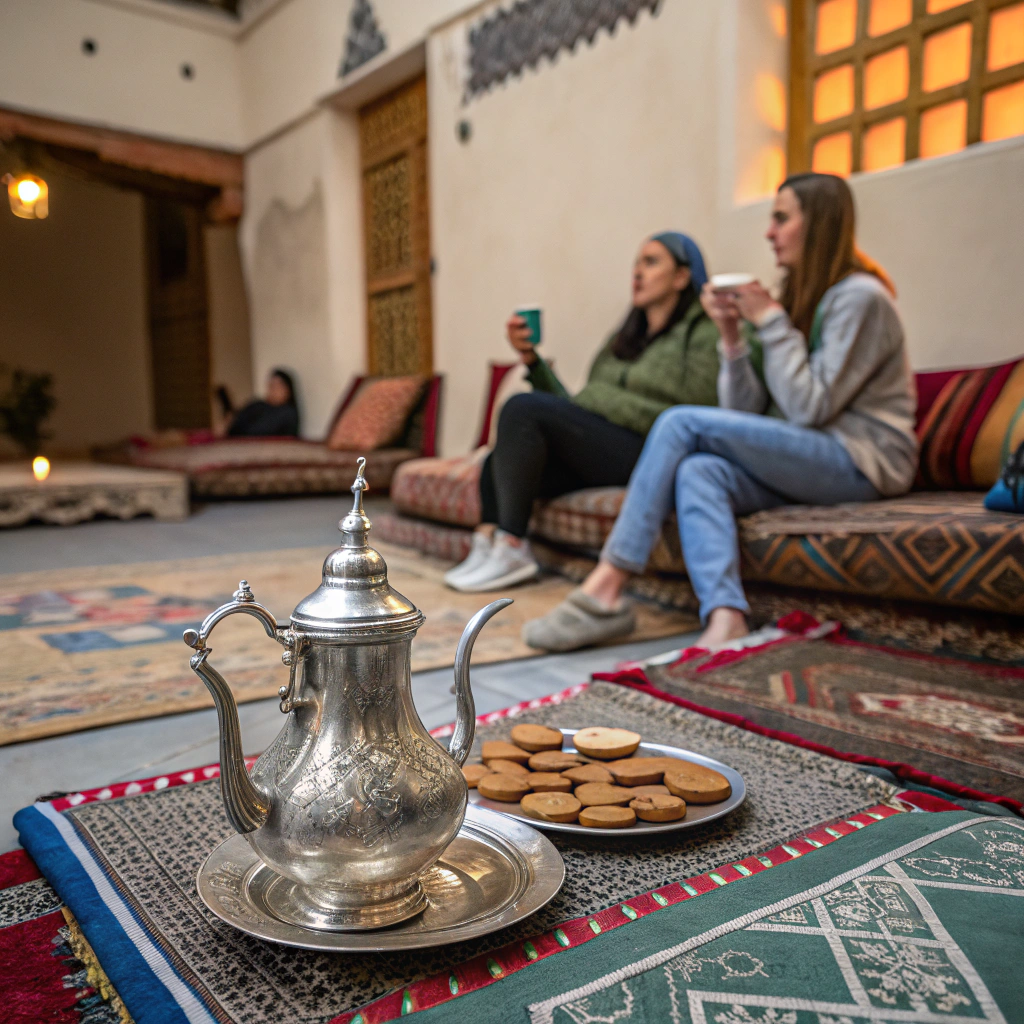
Let’s zoom out a bit. Moroccan mint tea is more than just a beverage—it’s the backbone of social life in Morocco.
Mint Tea Moments: From Morning Chill to Guest-Welcoming Ritual
In Moroccan homes, tea is brewed first thing in the morning and again in the evening—kind of like a warm reset button. But the most special time? When guests come over. Serving tea is a way of saying, “Welcome. Stay a while. You’re part of the family now.”
And if you’re invited to a Moroccan home and they don’t offer you tea… run. You’re probably in the wrong house.
Tea Time = Talk Time
Moroccan mint tea is practically a conversation starter. It’s what gets poured when people want to sit, connect, gossip, solve the world’s problems—or just hang out and enjoy each other’s company.
There’s no rush. Just the clinking of glasses, the rich aroma of mint and sugar, and the sense that for a few minutes, everything’s exactly as it should be.
Making It Your Own—Modern Twists
Traditional Moroccan mint tea is amazing as-is, but who says you can’t have a little fun with it? You can keep the core vibe while adding your own flair—because let’s be honest, sometimes you just want to shake things up.
Fruity, Fizzy, or Even Boozy?
Ready to break the rules a bit? Try these modern spins:
🍋 Citrus Boost
Add a slice of lemon, orange peel, or even grapefruit to your teapot for a zesty upgrade. It adds a refreshing tang and gives your tea a spa-day feel.
🍓 Berry Tea Dream
Toss in some crushed berries—strawberries, raspberries, or even blueberries. Bonus: It looks super pretty, especially in a glass pitcher.
🧊 Iced Moroccan Mint Tea
Hot outside? Cool things down. Just brew your tea as usual, let it chill in the fridge, and serve over ice. Add a sprig of mint and a lemon wedge, and boom—summertime magic.
🍸 Cocktail Hour, Anyone?
Feeling bold? Moroccan mint tea makes a fab cocktail base. Mix in a splash of white rum, vodka, or gin. Think mojito vibes, but with more depth and way more minty drama. Garnish with mint and a sugar rim, and it’s happy hour time.
Moroccan Mint Tea & You
Whether you’re living the desert life in Marrakech or just trying to survive another Zoom call, Moroccan mint tea fits right in. It’s cozy, elegant, and way cheaper than therapy.
Tea for Self-Care
Think of it as a little ritual of calm. When life gets chaotic, boiling water, crushing mint leaves, and waiting for the perfect pour can feel like meditation with benefits. Bonus: You get to drink it after. 🙃
Tea as a Travel Daydream
Maybe you’re planning a trip to Morocco, or maybe you’re just manifesting it. Either way, sipping mint tea at home can transport you across the ocean without leaving your couch. Light a candle, play some Gnawa music, pour from a height, and just pretend you’re in a riad with tile walls and palm trees. Bliss.
For more delicious recipes and cooking inspiration, follow me on Facebook and Pinterest!
FAQs About Moroccan Mint Tea
Is Moroccan Mint Tea good for you?
In a word: yes (unless your sugar game is out of control—but we’ve got fixes for that).
Moroccan mint tea is packed with antioxidants from green tea, which help fight inflammation and keep your cells happy. Add in mint, which aids digestion, and you’ve got a delicious wellness brew.
Bonus? It’s naturally caffeine-light, which means you can enjoy a few glasses without the 2 a.m. ceiling-staring.
Can I make it without sugar ?
Absolutely. While traditional recipes use enough sugar to sweeten a small planet, you can totally make it:
With less sugar (start with 1 tsp and taste your way up)
With honey or maple syrup
Or completely unsweetened—you’ll get a stronger mint-green tea flavor, and it’s still lovely.
So yes, your dentist approves.
Is it okay to use tea bags?
Yep, no judgment here. While loose leaf gunpowder green tea is the OG choice, a good quality green tea bag will work in a pinch. Just make sure it’s plain green tea—no lemon, jasmine, or sleepytime extras unless you’re going for a remix.
That said, if you fall in love with Moroccan tea (and you will), you might eventually want to upgrade to the real stuff.
What’s the best tea brand to use?
If you’re in the U.S., here are a few solid choices that give good Moroccan vibes:
Numi Organic Gunpowder Green
Ahmad Tea (classic and budget-friendly)
Alwazah (Swan Brand) – often found in Middle Eastern markets
TWG Moroccan Mint – fancy, luxe, and smells like a garden party
Can’t find any of these? Just look for Chinese gunpowder green tea and pair it with fresh spearmint.
What if I can’t find fresh mint?
Fresh is best, but we’ve all been there—empty produce aisle, no mint in sight.
Here’s what you can do:
Use dried mint, but steep it with the tea leaves, not after. It won’t be as vibrant, but it gets the job done.
Try mint extract—just a teeny drop, though! A little goes a long way.
Or grow your own mint in a pot by the window. It’s super low maintenance and you’ll feel like a garden goddess.
Conclusion: Your Passport to Morocco, One Sip at a Time
So there you have it—Moroccan mint tea in all its glory. From its deep cultural roots to its refreshing flavor and easy customization, this isn’t just tea—it’s an experience. A ritual. A mini getaway in a glass.
Whether you’re sipping it solo on a self-care Sunday or pouring it high for friends at brunch, Moroccan mint tea brings a little magic to the everyday. It’s sweet, it’s minty, it’s got style—and so do you.
So go ahead, steep a pot, pour it like a pro, and take a sip. You might not be in Marrakech, but with a glass of this goodness in hand, you’ll feel just a little closer.
Cheers, or as they say in Morocco—B’saha! (That’s “to your health” in Darija.)
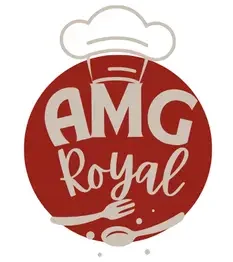
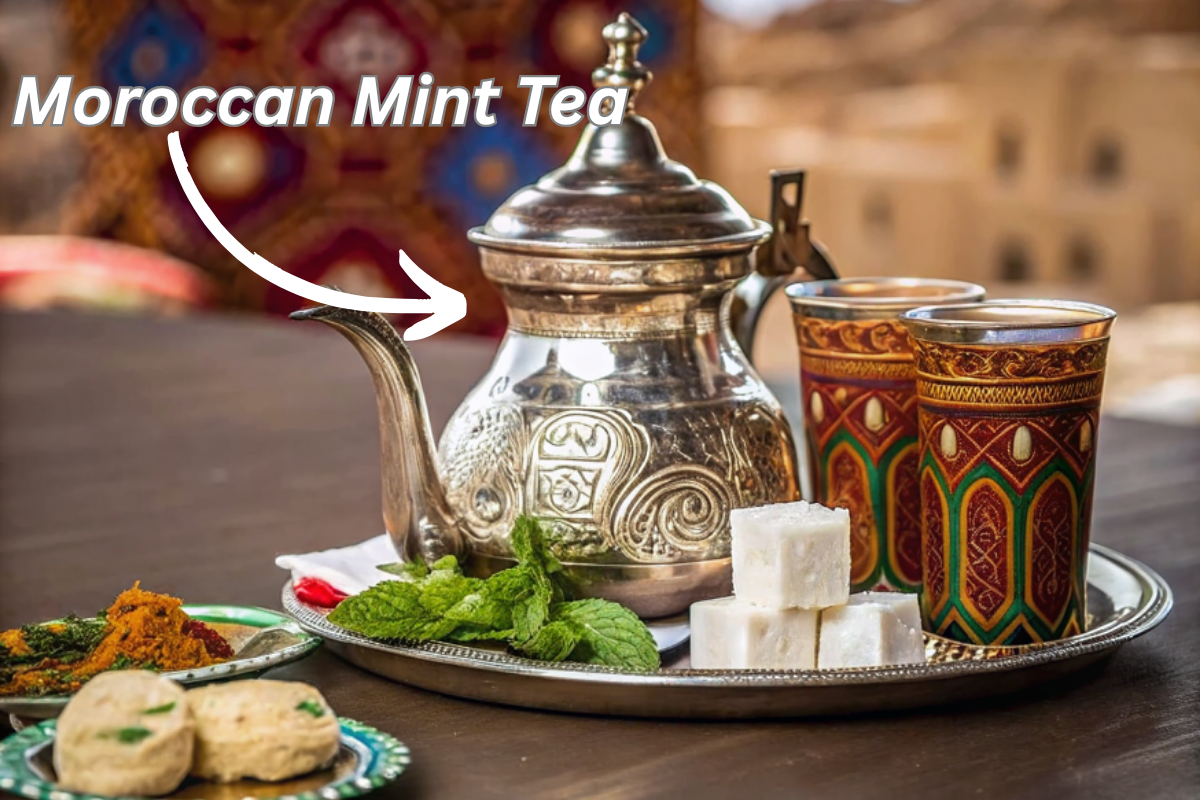
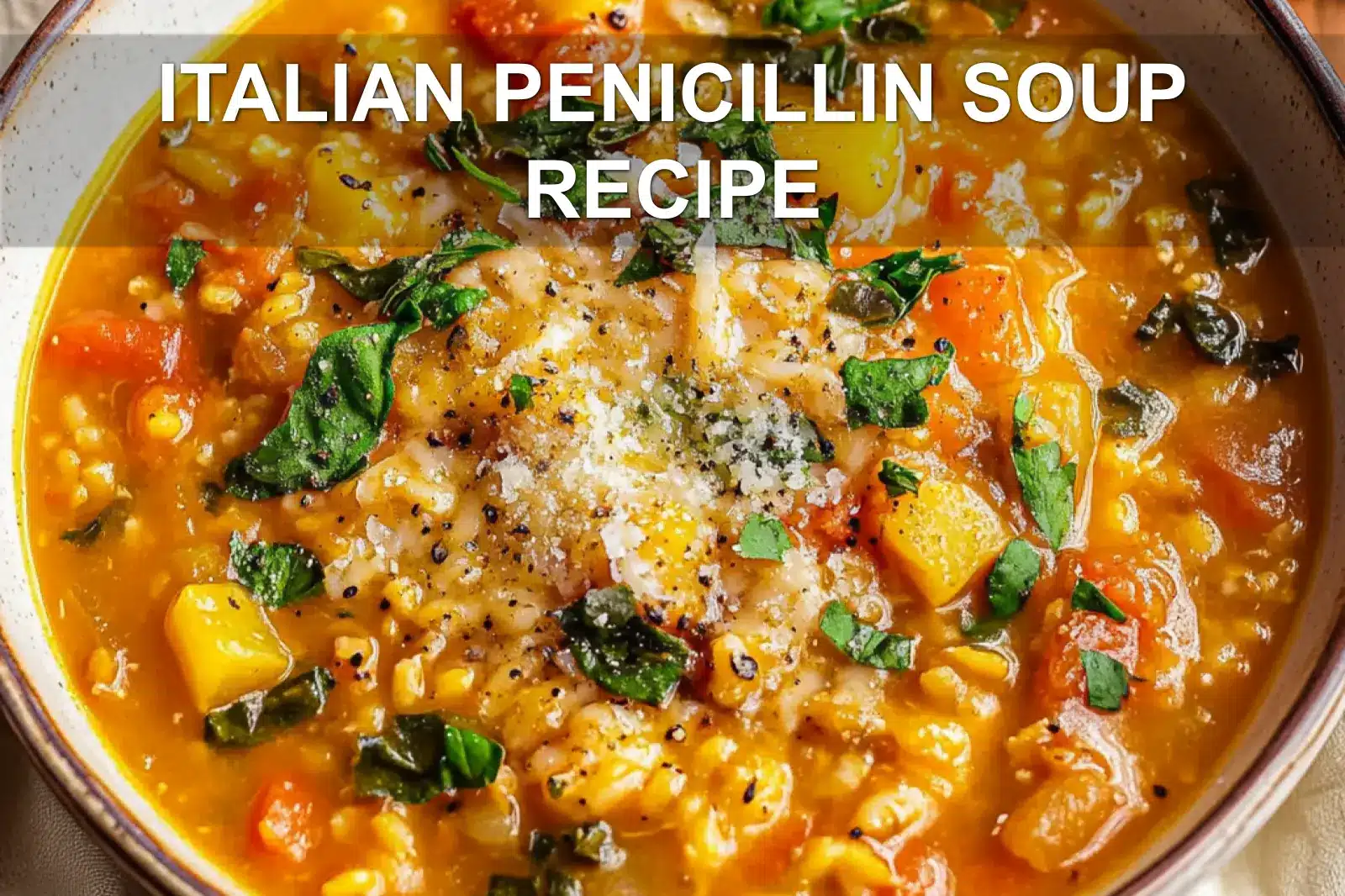
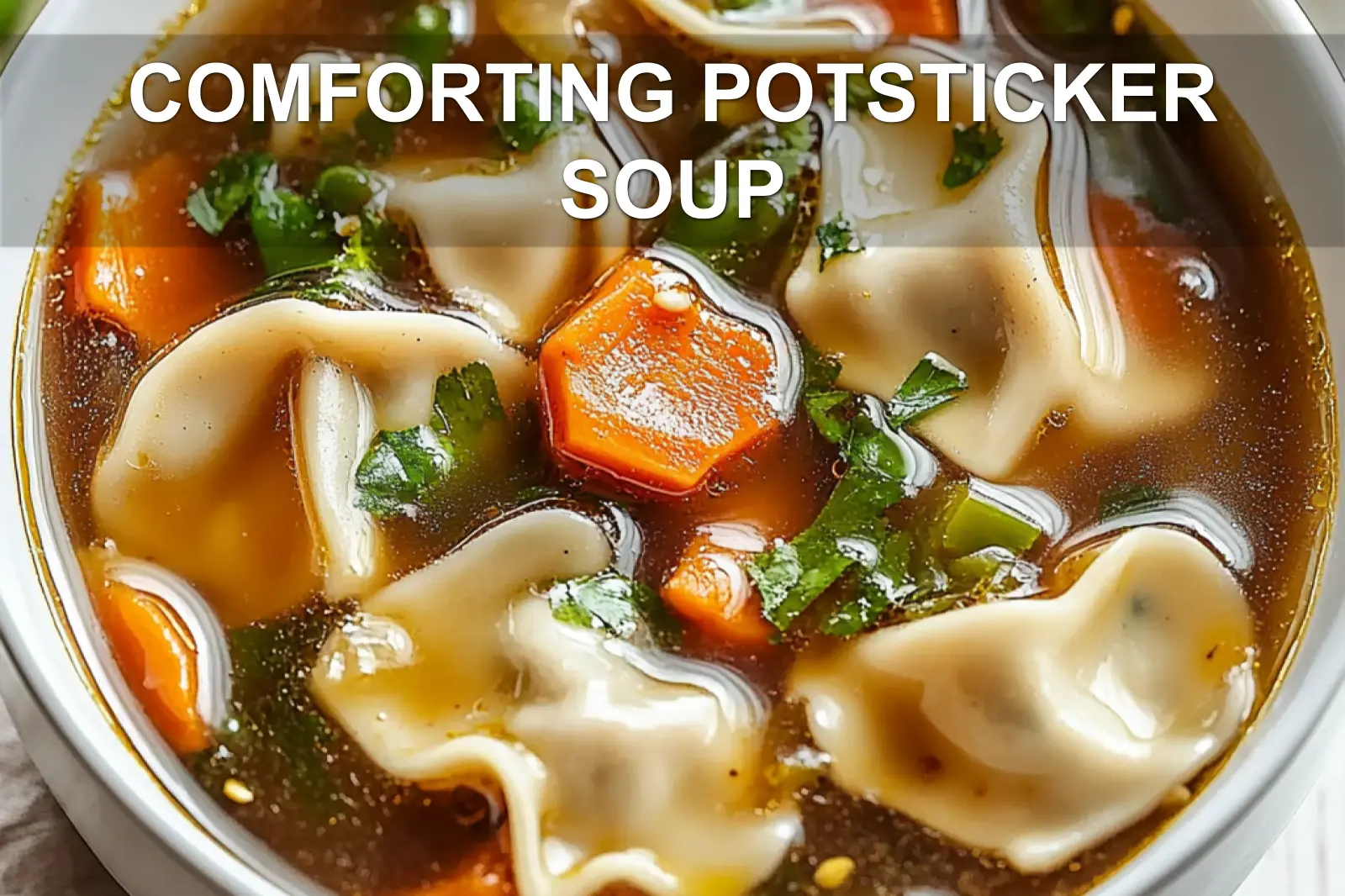
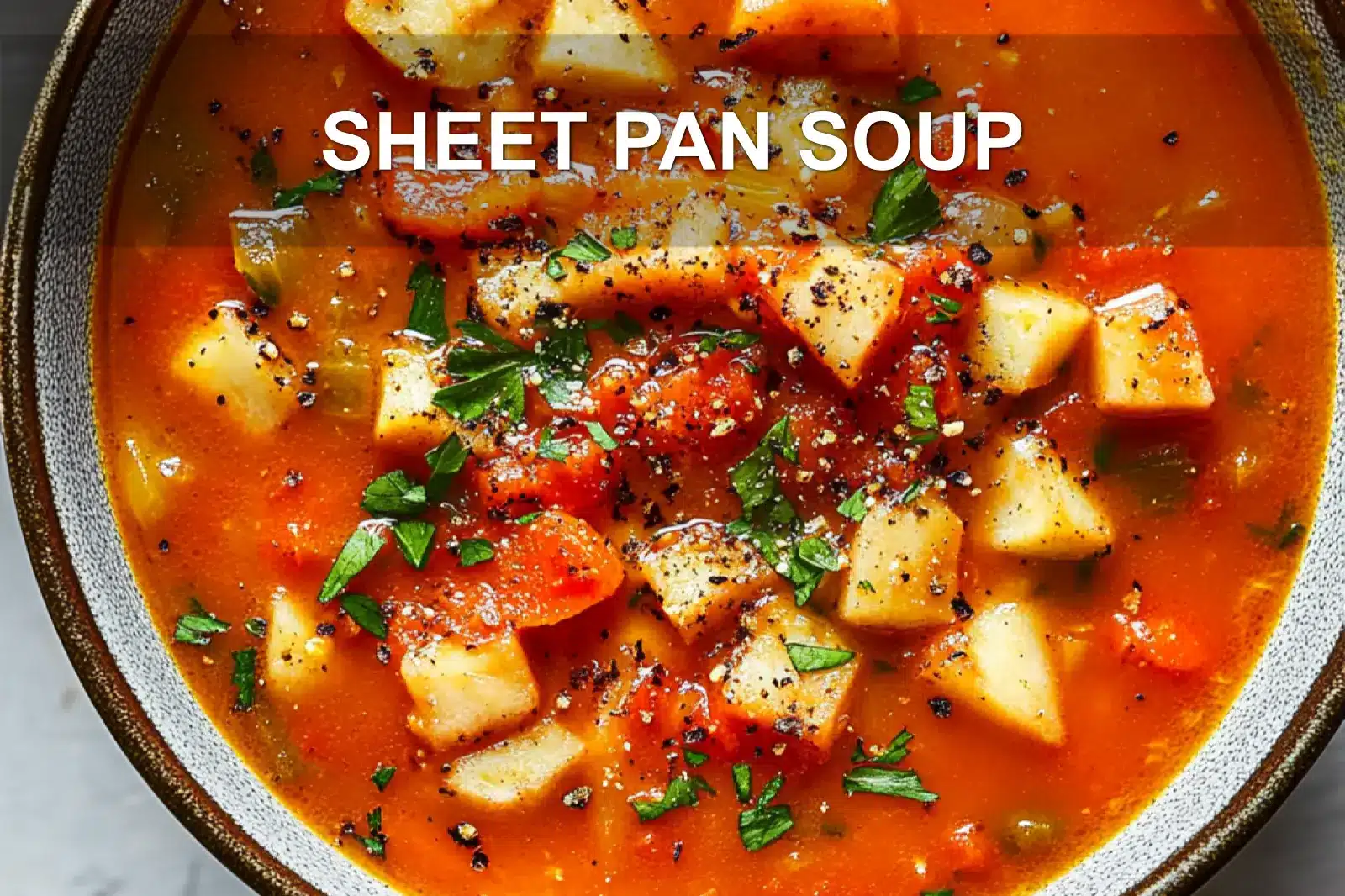


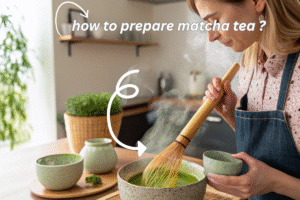

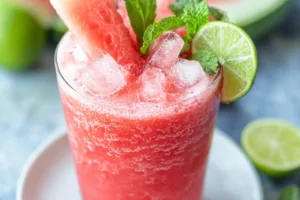

i love morrocan culture, i was in marrakech it was special